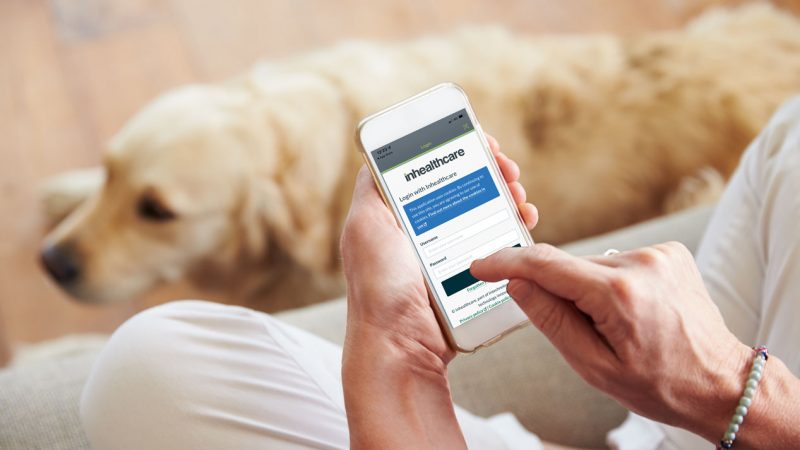The government is promoting virtual wards and virtual care to help secure maximum capacity across the NHS as the country learns to live with Covid. NHS England is engaging with integrated care systems to support implementation and share examples of best practice.
What is a virtual ward?
The agreed NHS England definition of a virtual ward is a “a safe and efficient alternative to bedded care that is enabled by technology”. Virtual wards help patients who would otherwise be in hospital to receive the acute care, monitoring and treatment they need in their home. They prevent avoidable admissions into hospital and support early discharge out of hospital.
What is virtual care?
By contrast, virtual care provides enhanced healthcare at home but not as an alternative to NHS bedded care. These are for stable patients with long-term conditions, escalating patients who need admission, acute care consultations and preoperative care before and after operations.
How can Inhealthcare help?
As a leading provider of remote patient monitoring services, Inhealthcare has the proven technology to enable change for the NHS. While technology is a key component of virtual wards and virtual care, service redesign and patient choice are also essential for success. We understand that not all NHS organisations are at the same stage in their digital journeys so to meet the needs of all providers, we partner with NHS teams to support successful service transformation.
How does this fit with the national agenda?
NHS England has asked providers collaboratives to maximise the rollout of virtual wards. The centre has set a deadline of December 2023 for a national ambition of 40–50 virtual beds per 100,000 population.
NHS organisations are commissioning tech suppliers via the Crown Commercial Service’s Spark DPS to provide digital platforms and technology to support virtual wards. Inhealthcare is a member of this framework and others including G-Cloud 12 and NHS Shared Business Services TECS, demonstrating the company meets required standards across clinical safety, data protection, cyber security, interoperability and accessibility.
What is continuous monitoring?
Inhealthcare has developed a continuous monitoring service for virtual wards with NHS colleagues for the following vital signs:
- Activity
- Blood pressure
- Body temperature
- Body posture
- Fall detection
- Heart rate
- Heart rate variability
- Respiratory rate
- Single-lead ECG
Patients can wear a device that continuously monitors vital signs or patients take their readings at regular intervals. The data is shared with clinicians via a dashboard and alerts are generated if any readings fall out of range, enabling early intervention. As patient needs become more complex, the model changes to include more face-to-face care at home.
What is the underlying tech?
The Inhealthcare Toolkit allows NHS organisations to build, test and rollout digital health services at speed and low cost. The underlying Inhealthcare Platform is registered as a Medical Device with the Medicines and Healthcare products Regulatory Agency and provides a fully inclusive choice of communication channels. More than two million patients use Inhealthcare services.
How are virtual wards being funded?
NHS England is financing the rollout of virtual wards via the Primary Care System Development Fund (SDF) covering £200m for FY22/23 and £250m for FY23/24.
The NHS in Scotland has centrally funded remote patient care under the Connect Me programme, which enables people to safely self-manage their health needs from home. Inhealthcare is proud to be providing the proven technology for these services.
To find out how Inhealthcare can help your system, get in touch via contact@inhealthcare.co.uk

